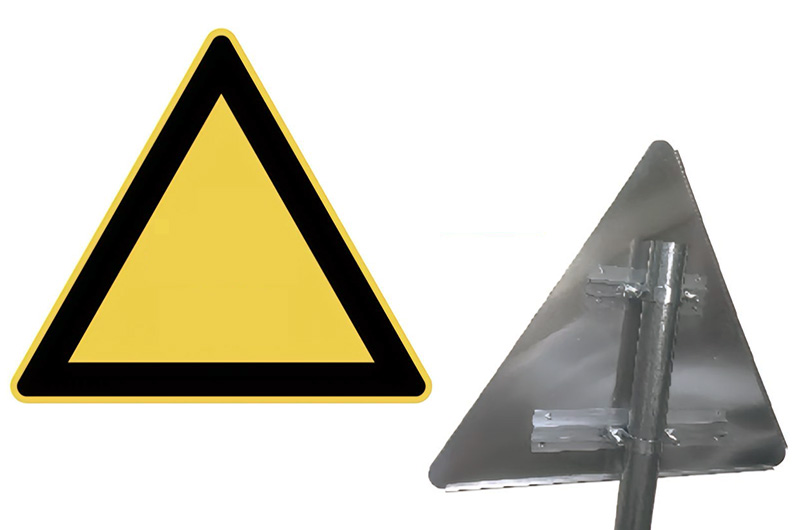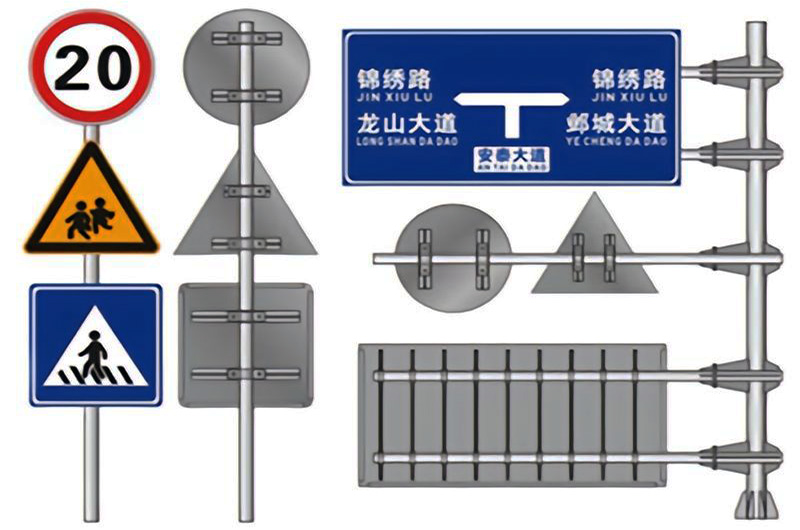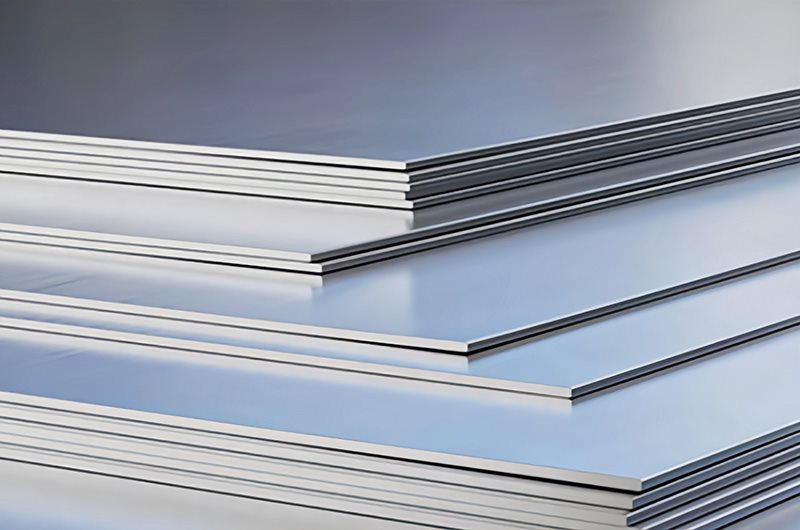- Hot rolled 1060 H22 aluminum round plate characteristics
- Traffic Sign Hot Rolled 1060 H22 Aluminum Round Sheet Advantages
- Traffic Sign Hot Rolled 1060 H22 Aluminum Round Sheet Specifications
- Why choose hot rolling for traffic sign 1060 aluminum discs?
- Traffic Sign Hot Rolled 1060 H22 Aluminum Round Sheet Manufacturing Process
Traffic signs play a vital role in modern society. They not only guide the driving direction, but also play a key role in traffic flow and safety. In order to create a durable and traffic-compliant sign, the choice of material is crucial. Hot-rolled 1060 H22 aluminum circular plates have become one of the ideal choices for manufacturing traffic signs due to their excellent performance and applicability.

Hot rolled 1060 H22 aluminum round plate characteristics
- Material composition: Hot-rolled 1060 H22 aluminum round plate is mainly composed of pure aluminum, its chemical composition complies with international standards and has high purity.
- Mechanical properties: H22 status indicates that after heat treatment, the material has excellent strength and toughness and can withstand a certain load without losing stability.
- Surface treatment: The surface of the aluminum circular plate has been hot-rolled and has good flatness and surface quality, suitable for subsequent printing and logo production.
Traffic Sign Hot Rolled 1060 H22 Aluminum Round Sheet Advantages
Hot-rolled 1060 H22 aluminum circular plates are widely used in the field of traffic sign manufacturing due to their excellent characteristics:
- Strong corrosion resistance: The corrosion resistance of aluminum allows traffic signs to be used for a long time under various harsh weather conditions without failure.
- Lightweight and high-strength: Compared with other metals, aluminum has a smaller density, making the sign lighter, easier to install and carry, while having enough strength to ensure its stability.
- Ease of processing: 1060 H22 aluminum round plates can be easily processed by cutting, stamping and bending to meet the production needs of traffic signs of various shapes and sizes.
- Environmental protection: Aluminum is a recyclable material. The use of hot-rolled 1060 H22 aluminum round plates is conducive to reducing resource waste and conforms to the environmental protection concept of modern society.
Traffic Sign Hot Rolled 1060 H22 Aluminum Round Sheet Specifications
| Aluminium Alloy | 1060 |
|---|---|
| Thickness(mm) | 0.2-9.0 |
| Diameter(mm) | 20-1500 |
| Temper | O, H12, H14, H22, H24 |
- Material process: CC AND DC (DC For cookware and CC for traffic sign), DC for cookware with good deep drawing and spinning
- Surface: Mill finish, or color coated or anodized
- Quality Standard: ASTM B209, EN573-1
- Packing: Standard export worthy wooden pallets, customized
For traffic sign manufacturing, which usually requires relatively thin sheets and surface quality and processability are also key factors, the DC process is more suitable. For applications such as cookware, larger size and higher strength plates are required, so the CC process is more suitable

Why choose hot rolling for traffic sign 1060 aluminum discs?
When choosing 1060 aluminum discs for traffic sign manufacturing, there are some advantages to using hot rolling processing, which mainly involve the performance and processing characteristics of the aluminum material. Here are some reasons to choose hot rolled 1060 aluminum discs:
- Improve strength and hardness: Hot rolling is the process of manufacturing aluminum sheets by pressing aluminum billets at high temperatures. This process changes the crystal structure of aluminum, giving it better strength and hardness. For products such as traffic signs that need to be used in various climate conditions, increasing the strength of aluminum materials can ensure that the signs are more durable and stable.
- Improve mechanical properties: Hot rolling treatment helps to improve the mechanical properties of aluminum materials, including tensile strength, yield strength and ductility. This is very important for traffic signs, especially signs that need to withstand certain external forces and environmental influences.
- Improve formability: Hot rolling treatment can improve the formability of aluminum materials, making it easier to process such as cutting, stamping and bending. This is important for manufacturing traffic signs of various shapes and sizes, as the design of the sign may require different shapes and structures.
- Improve surface quality: Hot rolling can improve the flatness and quality of the aluminum surface, which is very important for subsequent coating and printing processes. A flat surface helps ensure the quality of your sign's appearance and printing.
- Comply with manufacturing requirements: Through hot rolling treatment, aluminum discs that meet standard sizes and requirements can be obtained, which facilitates standardization and mass production.
In general, choosing hot-rolled 1060 aluminum discs can improve the strength, hardness and processing performance of the material, making it more suitable for manufacturing traffic signs to ensure that the signs have superior performance and durability during use.
Traffic Sign Hot Rolled 1060 H22 Aluminum Round Sheet Manufacturing Process
- Material preparation: Choose high-purity 1060 H22 aluminum disc raw material.
- Hot rolling treatment: The strength and toughness of the aluminum circular plate are improved through the hot rolling process.
- Cutting and shaping: According to the design requirements of traffic signs, cutting, stamping and other processes are used to customize the shape.
- Surface treatment: Carry out necessary surface treatment to ensure that the aluminum circular plate has good flatness and surface quality.
As an ideal material for traffic sign manufacturing, hot-rolled 1060 H22 aluminum round plate provides a reliable solution for the production of traffic signs with its superior performance and wide range of applications. In the future, with the continuous advancement of science and technology, it is believed that this material will play an even more important role in the transportation field.


